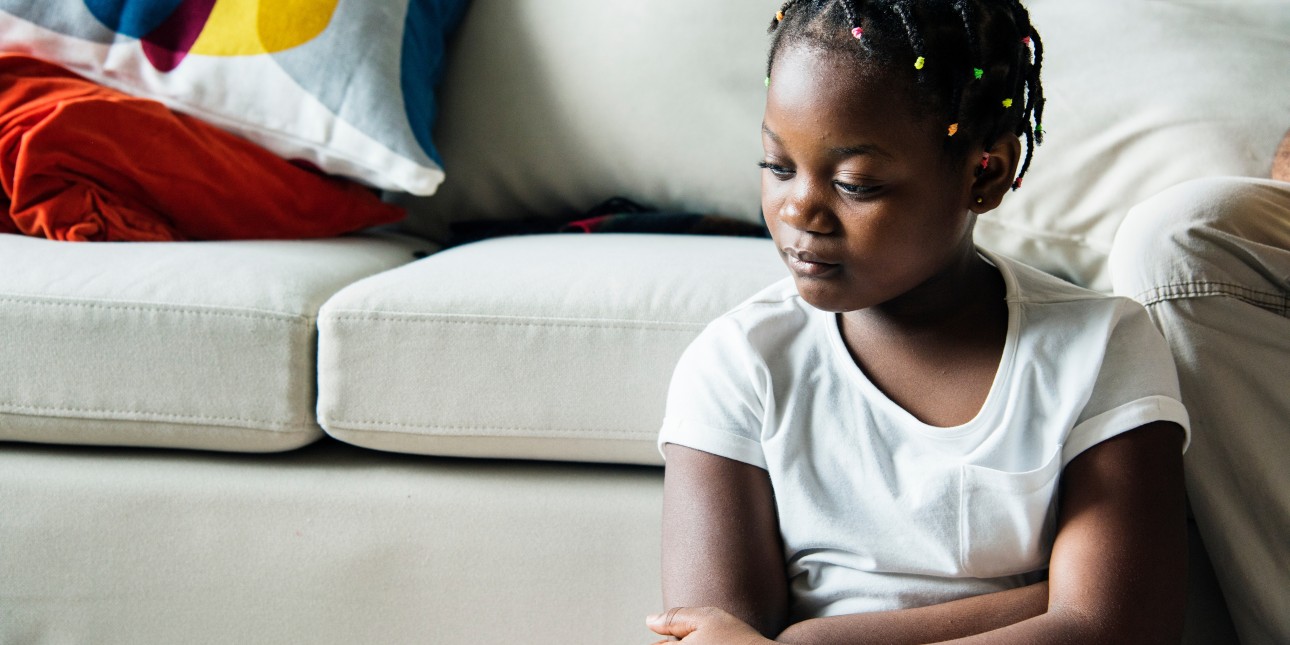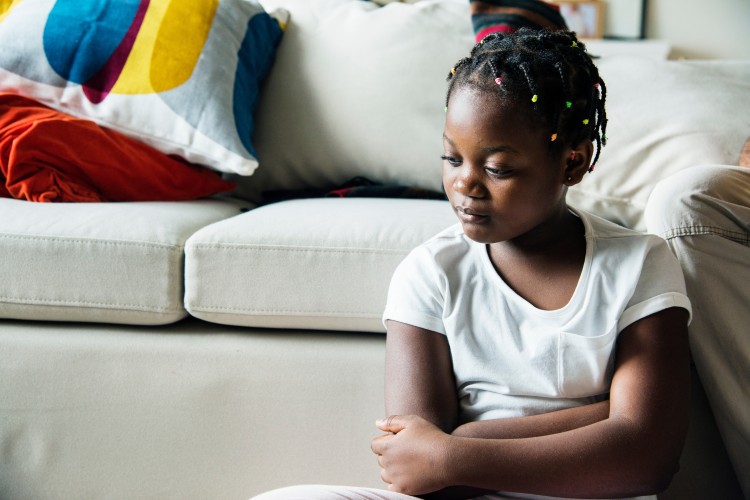Hidden in Plain Sight: Understanding and Combating Familial Trafficking

Familial trafficking, which includes child labor exploitation, domestic servitude, commercial sexual exploitation, and forced marriage, is an often hidden and underreported form of trafficking due to factors of shame, fear, and loyalty. Despite these barriers to reporting, studies have found that up to half of human trafficking globally is perpetrated by family members.
This 3-module toolkit will introduce you to the forms and contributing factors of familial trafficking, provide important signs and indicators of trafficking to look for in youth and young adults, and outline strategies for combating familial trafficking in your community.
 | To use this toolkit, you may either explore individual learning modules using the above menu or download a PDF version of the full toolkit below. |
Additional Resources
- Meaningful Engagement Of People With Lived Experience Toolkit (National Survivor Network)
- Youth Development Insight (University of Minnesota Extension)
- Child Legal Rights LDICP Draft Legislation (Legislative Drafting Institute for Child Protection)
- The Legacy of Racial Injustice (Equal Justice Initiative)
- Youth Engagement Toolkit (Act for Youth)
- HEAL Trafficking and Hope for Justice's Protocol Toolkit (HEAL Trafficking)
- Human Trafficking Toolkits (Thomas Reuters)
- Human Trafficking Prevention Month Toolkit 2024 (U.S. Department of Health and Human Services)
- 2024 UNODC Global Report on Trafficking in Persons (United Nations Office on Drugs and Crime)
- Counter Trafficking Data Brief (The Counter Trafficking Data Collaborative)
- Stages of recovery and reintegration of trafficking victims. A reintegration guide for practitioners (Nexus Institute)
- Language Matters: 5 Ways Your Words Impact Trafficking Survivors (Polaris)
- The Language We Use (Women Against Abuse)
About the Author
Born and raised in Detroit, Dasha (she/her), brings her passion and resilience from her lived experience to her work. Dasha was a former National Youth Consultant, a Youth Catalyst Team member, and is now a Training and Capacity Building Manager with Youth Collaboratory. She has expertise in foster care, youth homelessness, the commercial sexual exploitation of children, mentoring youth impacted by trafficking, and youth leadership program design and implementation.
Through her work with Youth Collaboratory, Dasha has worked to advocate and promote policy change and has conducted significant advocacy work at the national level, providing in-person and virtual training, resources, and technical assistance to organizations both locally and nationally to assist them in establishing authentic relationships with young people and preventing and addressing sexual exploitation of youth and young adults, and Black girls.
Dasha played a pivotal role in the creation and leadership of Youth Collaboratory’s Girls Action Board (GAB), a national leadership team composed of young Black girls, ages 18-24, with diverse lived experiences. Guided by the belief that Black girls deserve real opportunities to lead work focused on their healing, resilience, and professional growth, Dasha has worked to ensure that their voices are heard and valued in spaces addressing trafficking and systemic inequities. Under Dasha’s leadership, the GAB has provided training and technical assistance to organizations aiming to serve Black girls, helping these organizations understand and effectively address their needs. By building capacity within these organizations, fostering genuine collaboration with youth, and strengthening community ties, the GAB drives meaningful change. The team is committed to leveraging its collective insights and lived experiences to prevent trafficking, advocate for early intervention, and promote systemic improvements.
Dasha is also currently involved with the Michigan Department of Health and Human Services (MDHHS) working with the Department of Division of Victims Services, for which she is a consultant for the Division of Victims Services under a grant for Improving Outcomes for Children and Youth Victims of Human Trafficking. In addition, she is a member of the Michigan State Housing Development Authority (MSHDA) and serves on a council to improve, address, and implement the Michigan Homeless Policy.
Dasha is pursuing her BA for a social work and a minor in law at Wayne State University. She advocates for social justice and is committed to making a positive difference in her community. She is determined to use her education and lived experience to create meaningful, lasting change.
This toolkit was produced by Youth Collaboratory, Inc. under grant number 2020-MU-MU-K001 awarded by the Office for Victims of Crime, Office of Justice Programs, U.S. Department of Justice. The opinions, findings, and conclusions or recommendations expressed in this toolkit are those of the contributors and do not necessarily represent the official position or policies of the U.S. Department of Justice.


